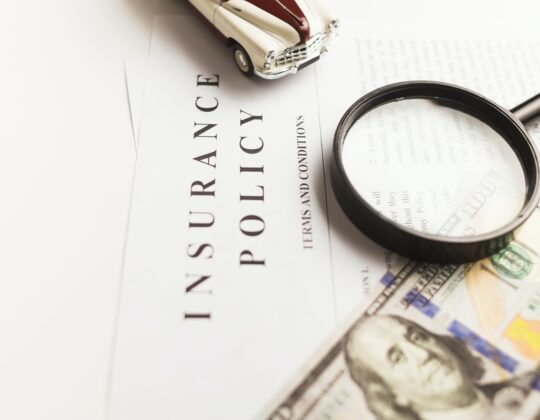When it comes to calculating car insurance premiums, many factors come into play, including your driving record, location, and coverage options. However, one often overlooked factor that can significantly influence your insurance rates is the type of car you drive. Whether you’re behind the wheel of a sleek sports car or a practical sedan, the make, model, and features of your vehicle can have a significant impact on the cost of your insurance. In this article, we’ll explore how the type of car you drive affects your insurance rates and what you can do to potentially lower your premiums.
Understanding Insurance Premiums:
Before delving into the specifics of how your car affects your insurance rates, it’s essential to understand how insurance premiums are calculated. Insurance companies use a variety of factors to determine the cost of coverage, including:
- Personal Factors: This includes your age, gender, marital status, and driving record. Younger drivers and those with a history of accidents or traffic violations typically pay higher premiums.
- Vehicle Factors: The type of car you drive, including its make, model, year, safety features, and repair costs, can influence your insurance rates.
- Coverage Options: The level of coverage you choose, including liability, collision, comprehensive, and additional options like roadside assistance or rental car reimbursement, will affect your premiums.
- Location: Your geographic location, including factors like crime rates, traffic congestion, and weather patterns, can impact the cost of insurance in your area.
How Your Car Type Affects Insurance Rates:
Now, let’s explore how the type of car you drive influences your insurance rates:
- Cost to Repair or Replace: One of the primary factors that insurance companies consider when determining premiums is the cost to repair or replace your vehicle in the event of an accident or other covered incident. Generally, vehicles with higher repair or replacement costs will result in higher insurance premiums.
- Safety Features: Cars equipped with advanced safety features such as anti-lock brakes, airbags, electronic stability control, and collision avoidance systems are typically safer to drive and less likely to be involved in accidents. As a result, vehicles with these features may qualify for lower insurance rates.
- Theft Risk: Certain makes and models of cars are more attractive targets for thieves due to their desirability or lack of security features. Vehicles with a higher risk of theft may have higher insurance premiums to account for the increased likelihood of filing a theft-related claim.
- Performance and Power: Sports cars and high-performance vehicles have a reputation for being involved in more accidents due to their speed and handling capabilities. As a result, insurance premiums for these types of vehicles are often higher to reflect the increased risk of accidents and higher repair costs.
- Vehicle Size and Weight: Larger, heavier vehicles such as SUVs and trucks may fare better in accidents and cause less damage to other vehicles compared to smaller, lighter cars. Consequently, insurance premiums for larger vehicles may be lower due to their lower risk of causing significant damage in accidents.
- Age and Condition: The age and condition of your car can also impact your insurance rates. Older vehicles may have lower replacement costs but may lack modern safety features, while newer vehicles may have higher repair costs but come equipped with advanced safety technology.
How to Lower Insurance Rates Based on Your Car Type:
While certain factors influencing your insurance rates, such as the type of car you drive, may be beyond your control, there are steps you can take to potentially lower your premiums:
- Choose a Safer Vehicle: Opt for a car with advanced safety features and high safety ratings to qualify for lower insurance rates. Look for vehicles equipped with features like anti-lock brakes, airbags, and collision avoidance systems.
- Consider Theft Prevention Devices: Installing anti-theft devices such as car alarms, steering wheel locks, or GPS tracking systems can help reduce the risk of theft and lower your insurance premiums.
- Drive Responsibly: Maintaining a clean driving record and avoiding accidents and traffic violations can help keep your insurance rates low, regardless of the type of car you drive.
- Shop Around for Quotes: Different insurance companies may offer varying rates for the same type of car, so it’s essential to shop around and compare quotes from multiple insurers to find the best deal.
- Bundle Your Policies: Bundling your car insurance with other types of insurance, such as homeowners or renters insurance, may qualify you for a discount on your premiums.
Conclusion:
The type of car you drive plays a significant role in determining your insurance rates, with factors such as repair costs, safety features, theft risk, and performance all influencing premiums. By understanding how your car type affects your insurance rates and taking steps to mitigate any potential risks, you can make informed decisions when selecting a vehicle and insurance coverage. Whether you’re in the market for a new car or looking to lower your insurance premiums on your current vehicle, considering these factors can help you save money while ensuring you have the coverage you need.










